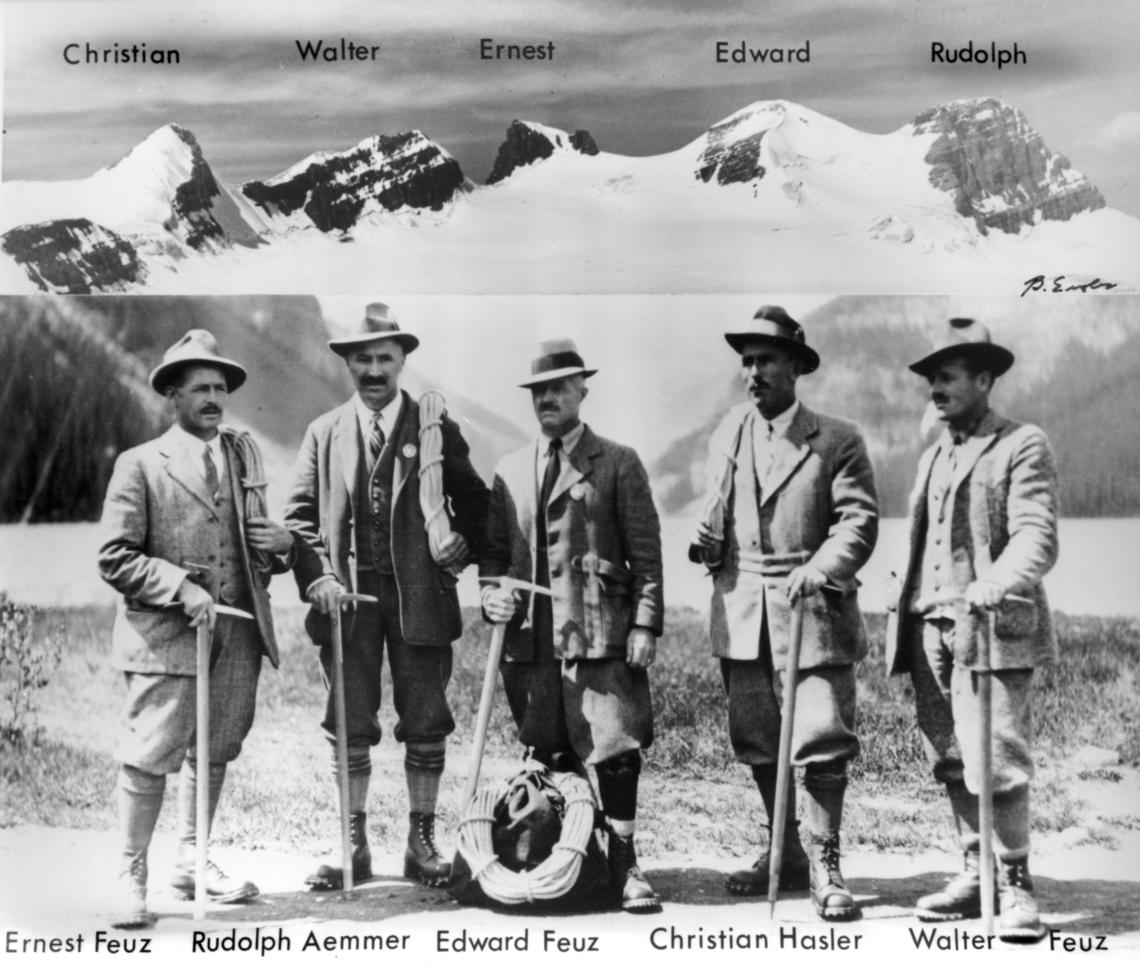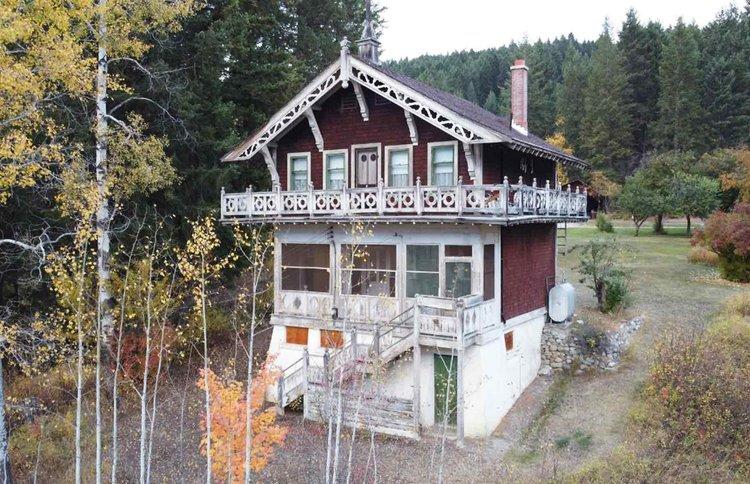July 15, 2022
Digital technology preserves historical Swiss Edelweiss Village

From mountain climbing, hiking, and avalanche research to skiing, snowboarding, and heli-skiing, Alberta and British Columbia are known worldwide for their rich and adventurous mountain culture, certainly a defining characteristic of both provinces.
Almost entirely unknown is the fact that the roots of this mountaineering culture can be traced to the Swiss Edelweiss Village (SEV), consisting of six Swiss Alps-style chalets built on a hillside north of Golden, B.C. between 1910 and 1912. Sadly, these historical treasures are now being sold and at risk of being torn down. The National Trust has deemed SEV to be one of the top 10 most endangered historical sites in Canada.
In an attempt to preserve SEV and promote its historical significance, the Swiss Edelweiss Village Foundation has been formed. While the nonprofit group’s primary goal is to physically preserve SEV, it’s also looking to UCalgary’s Digital Heritage Archive to digitally preserve the site.
This digital documentation of SEV even includes a virtual tour of the important landmark. Leading this project is Dr. Peter Dawson, head of the Department of Anthropology and Archaeology, and Denis Gadbois, assistant professor teaching in the Department of Art and Art History.
“At the turn of the 20th century mountaineering had become popular, especially for wealthy tourists, and the Canadian Pacific Railway (CPR) wanted to encourage this,” says Dr. Ilona Spaar, co-president of Swiss Edelweiss Village Foundation. “However, in 1896 there was a highly publicized climbing death, and the CPR recognized the need for professional mountain guides. The problem was, there weren’t any to be found in the Canadian Rockies.”
Because of this, the CPR began bringing Swiss mountain guides to the area to teach safe climbing techniques. Soon these guides became a fixture of the region, and this prompted the construction of the SEV as their permanent residence. The village buildings were inspired by the chalets of the Swiss Alps, partly as a marketing strategy.
“With the Swiss theme, the CPR used the village to attract tourists,” Spaar says. “The Swiss guides who lived there brought new standards and practices to mountaineering. The village can be described as one of the foremost birthplaces of modern mountaineering in the Canadian Rockies.”

Between 1899 and 1954 Canadian Pacific Railway brought Swiss Mountain Guides to the Canadian Rockies to teach safe climbing techniques.
Bruno Engler Archives
Still owned by the descendants of the Swiss guides, the SEV is now up for sale for $2.3 million. Because the village is located outside of Golden in a rural district with no heritage bylaws in place, it doesn’t have the protection that an officially designated heritage site would have. Under these circumstances, any potential buyer could take the wrecking ball to the historic chalets.
“This is why our digital archive focuses on grassroots heritage sites,” says Dawson, director of the archive, who has been digitally preserving Alberta’s heritage sites using technologies like terrestrial laser scanning for over a decade.
When a historical site is not given that official stamp of significance by government agencies there’s a greater risk of loss, because such sites are not protected by law. This creates an even greater urgency. Our mission is ensuring these sites are digitally preserved and not lost.
This is not the first time Dawson has partnered with the Department of Art’s Gadbois. “As an archaeologist, my approach to digital preservation is most often on the documentation side and it’s more of a clinical process,” he says.
“But Denis looks at digital heritage through a different lens. He took most of the photos needed for the virtual tour of the village and he’s more interested in engaging the public by creating an atmosphere, a sense of history, time, and place. That requires an artist’s eye and that’s what Denis brings to the project.”

REMAX
In an email, Gadbois added: “The site and location are rich in history, landscape, and deserve all my artistic considerations. This project is the perfect example of an interdisciplinary collaboration between science, history, and art.”
In their efforts to save SEV, the Swiss Edelweiss Village Foundation must first raise $100,000 as a nonrefundable deposit to the owners, due by July 15, which will temporarily secure the property. By mid-December, the foundation will need to have raised the $2.3 million sale price for SEV.
“Some believe that when a historical space is preserved it’s something to be looked at but not touched,” says Spaar. “On the contrary, our vision for the Swiss Edelweiss Village is to create a truly dynamic heritage space.”
Partnering with the Swiss Edelweiss Village Foundation for the digital preservation is Presence Switzerland, a subdivision of the Federal Department of Foreign Affairs Switzerland.








